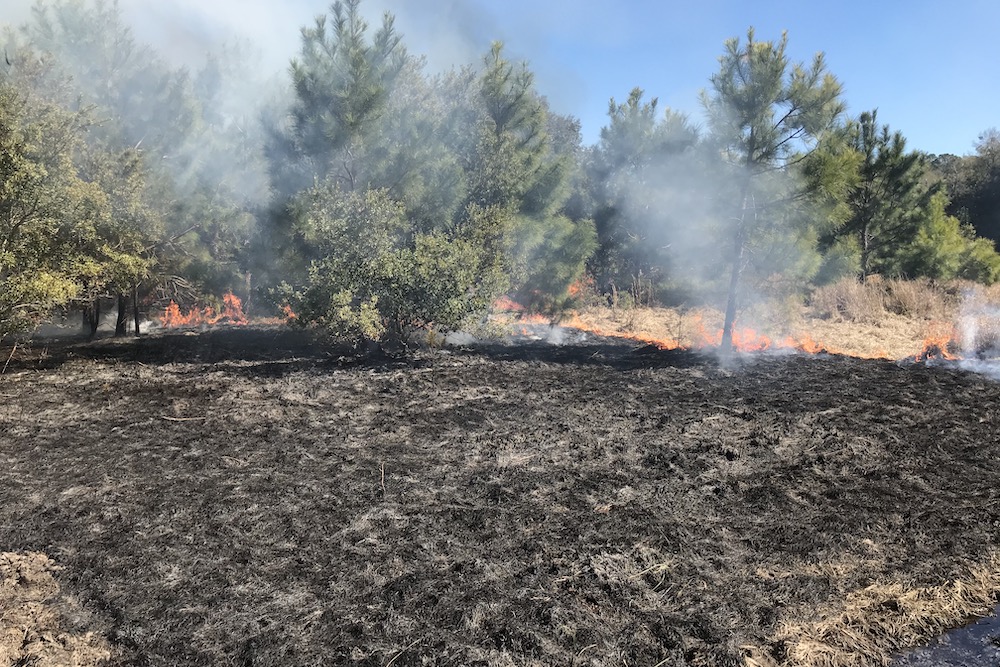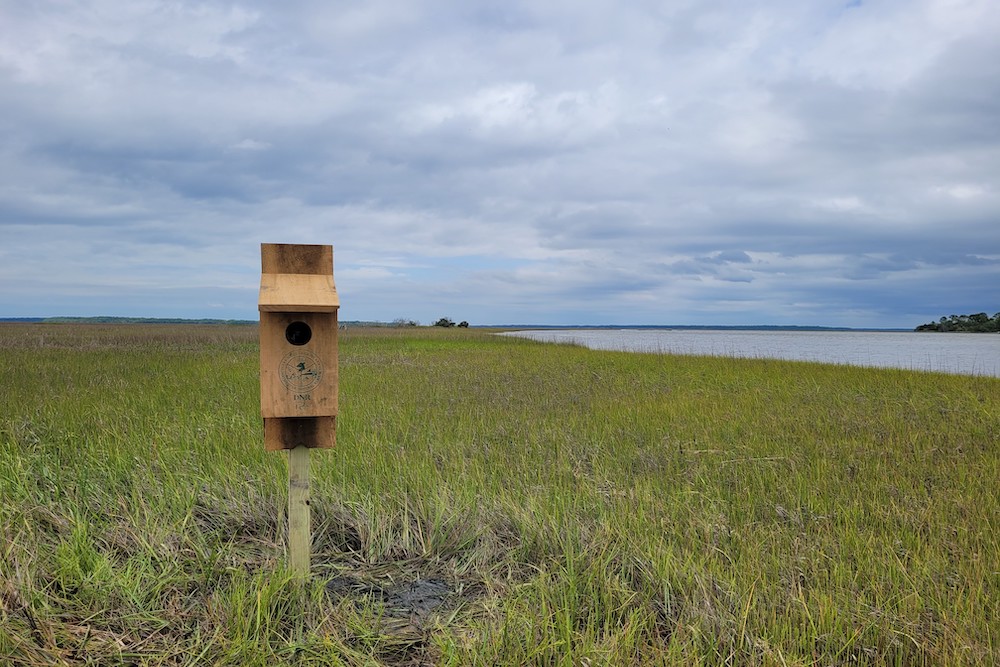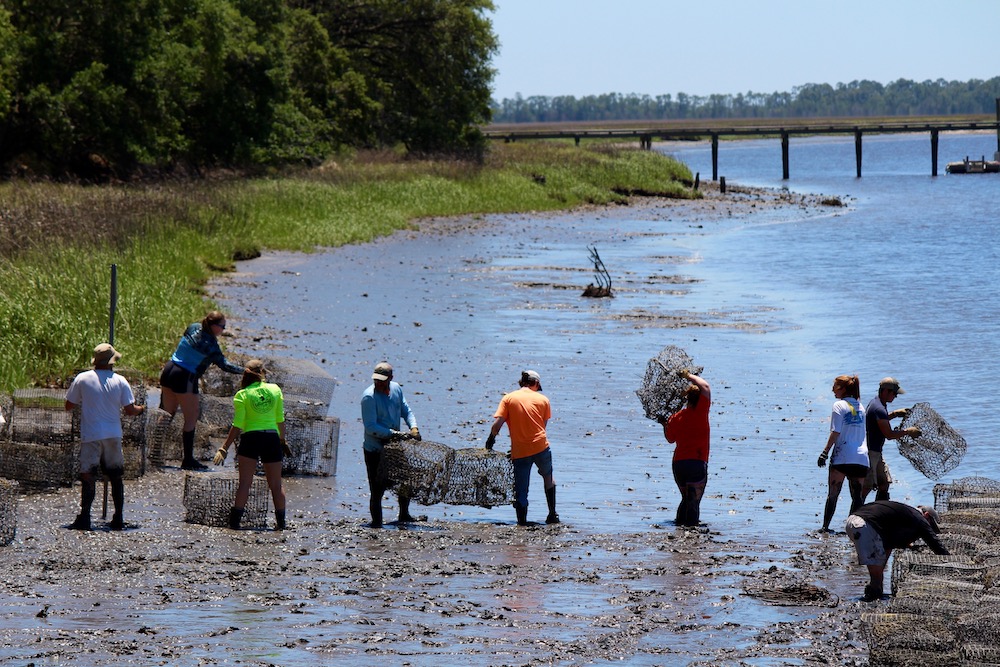Wildlife and Land Conservation
The ACE Basin is home to an abundance of plants and animals. SCDNR and partners use a wide variety of strategies to protect and maintain healthy, accessible and diverse natural and cultural resources for future generations.

Land Conservation
Much of the land within the Reserve has been protected by public entities for hunting, camping, and other recreational purposes. SCDNR puts regulations in place to limit visitors’ impact on the land and the species living amongst it.
Biologists also use various tools to improve visitors’ experiences and to create a healthier environment, including controlled burning. Fire can limit the chance of wildfires, make trails and other habitats more accessible, and help combat invasive species.
Wildlife Conservation
Wildlife conservation involves overseeing the interaction of animals, habitats, and humans. Biologists first conduct surveys to better understand if an animal population is healthy. They then use different methods to enhance resources, like food or space, to maintain these populations into the future.
For example, SCDNR creates safe spaces for different nesting birds and sea turtles. They monitor the ACE Basin for destructive insects and other damaging species. In some cases, they even grow plants for deer and other wildlife to eat.


Restoration
Although the ACE Basin seems to be “untouched,” its landscape has changed over the course of history. It still faces many stressors, like sea level rise and coastal development. To combat some of these dangers, SCDNR and other partners work to build or restore areas back to their natural and more sustainable state.
Throughout the ACE Basin, projects can include building oyster reefs, planting salt marsh grass, or growing native wildflowers.
Oyster Restoration in the ACE Basin with Bipartisan Infrastructure Law Funding